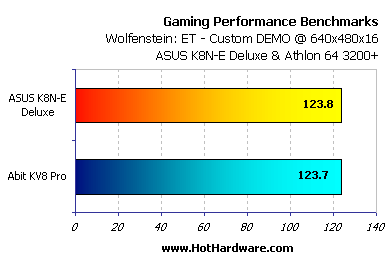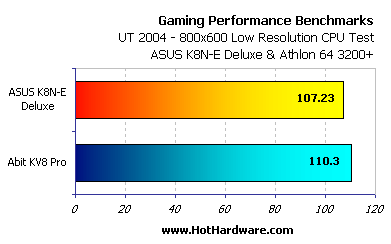shevalier wrote on 2025-10-01, 14:24:by the way
A weird and rare mut from Asrock
K8A780LM
https://www.asrock.com/mb/photo/K8A780LM(M1).png
AMD760/710 + socket754
+ […]
Show full quote
by the way
A weird and rare mut from Asrock
K8A780LM

AMD760/710 + socket754
+ problem-free SATA2
+ PCIe v2
+There are no issues with Hypertransport/PCIe/PCi frequencies.
Overall, the chipset is from a completely different era – AM3(+)
Apologies if I have missed this somewhere in the thread, but it would be awesome to get some benchmark comparisons between the Radeon HD3000 graphics on the 760G and some more common mid-range or even higher end graphics cards from the Socket 754 era. For PCI-E GPUs, the X300 (and SE), X550XT, X600 (and SE), X1300 would probably be the most interesting comparisons. If you have a somewhat similar AGP board it'd be cool to compare performance to the Radeon 9550\9600XL (64bit), 9600 Pro, Geforce 4 Ti, FX 5600 (or similar), 6200, 6600 GT, etc.
That board is such a weird thing. The chipset is from the AM2 era (some boards still used it for AM3+, but the chipset itself is from 2009), so the IGP is unusually strong compared to the speed of the CPUs it supports. Of course, DDR memory will severely limit the performance compared to later 760G boards that used DDR2 or DDR3. I built an HTPC back in ~2009 with an Athlon X2 5050e on an AMD 780G chipset board (Radeon HD3200) and just as an experiment I was able to run Crysis on it at low resolution (640x480 or 800x600 I think, 🤣) and it was totally playable. At the time this was crazy, since IGPs tended to be totally useless for the latest games. The HD3000 is noticeably slower, but it's still probably sufficient for running games from 2000-2004.
Also, the model number of the board is so funny and typically ASRock. It seems to indicate that it is an AMD 780G chipset, but it is only the 760G. Would have been cool if they'd made a 780G or even 785G board for Socket 754 as well to really push the IGP performance. 😁


